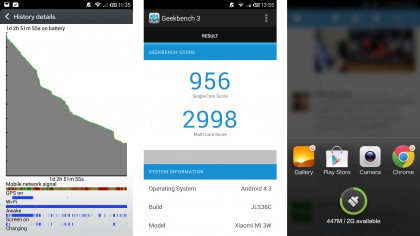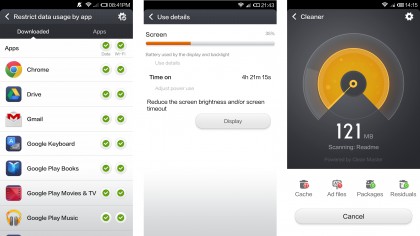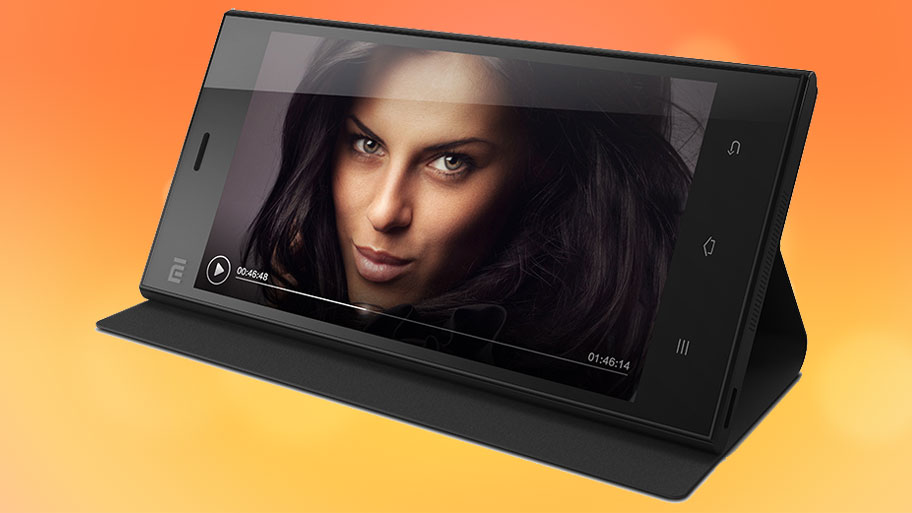Why you can trust TechRadar
The Snapdragon 800 chipset has been benchmarked to death, seeing as it's inside the majority of flagship smartphones released in the last year or so.
The Xiaomi Mi 3 generates a Geekbench 3 score of 2,998 on the multicore test, an impressive number that eclipses the 2,579 scored by the similarly powered Nexus 5.
It also obliterates the 1,792 multicore score of the Huawei Ascend P7, a phone that claims to offer a similar high-end level of performance to the Mi 3.

The phone in operation supports these numbers. The Mi 3 is smooth to use throughout, with the home screens quick to scroll, apps downloading and installing in the background without interrupting performance.
There's also a generally solid performance when using GPS apps, running 3D games and flipping between apps.
The one small hindrance to ultimate smoothness is the lack of a dedicated multitasking button. Android's recent apps tabbed section is accessed through a long-press of the options button, which, depending on where you are on the phone, might mean the phone first tries to open an app's settings tab, before closing it quickly when it realises you're keeping the button pressed for longer than usual.
Battery life
Battery life is impressive for the most part. I was able to get two days of moderate-use uptime out of each charge of the large 3,050mAh capacity battery, but only when being a little careful about screen brightness settings.
The standard TechRadar video test involves playing a 90-minute clip with the phone set to full brightness and volume. The Mi 3 battery went from 100% charged to 67% remaining after this, which is quite a whack of power eaten up by playing a clip.

Given that the onboard speaker is very loud and the screen brightness is very high when at maximum, the Mi 3 seems to use more power than its rivals when operating at full brightness and audio output.
If you're a full brightness kind of person, battery life will suffer accordingly. But leave it low or on auto and you'll get two days from most charges without too much effort.
Current page: Performance and battery life
Prev Page Key features and interface Next Page The essentials